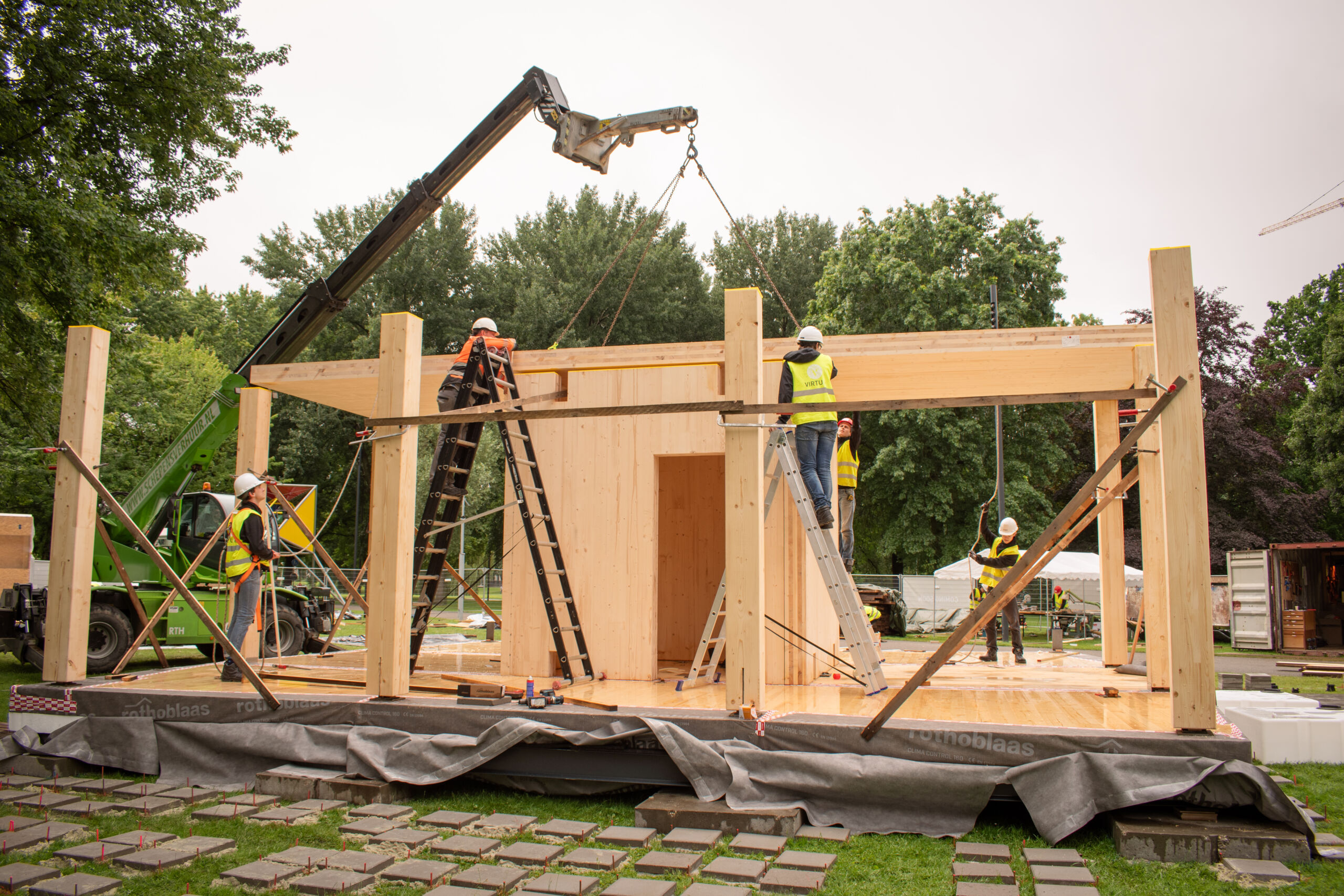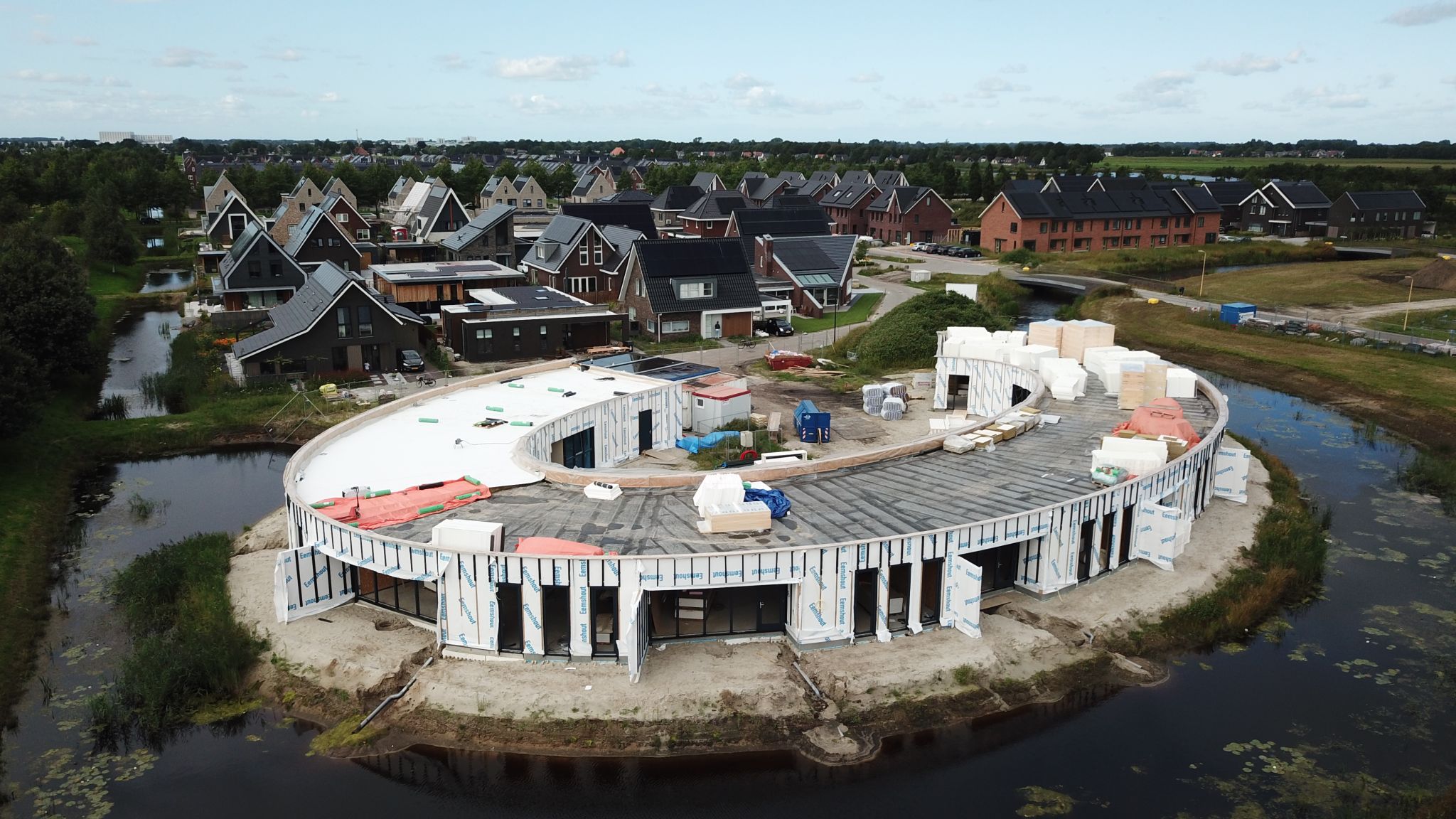
Three Dutch universities are teaming up to make the construction industry fully circular and emission-free as early as 2030. This consortium includes the UU, UT and the TU/e. The leader of this project is researcher Lisanne Havinga. She is an assistant professor in the Department of Building Performance. “The building programme of the National Science Agenda (NWA) – called ‘Transition to a circular and emission-free building’ – is making 1.4 million euros available for this, with a duration of five years,” so says the TU Eindhoven in its press release.
Construction goes up a gear
In order to make the switch to circular practices with lower emissions in the field of building renovation, Havinga and her team will look at the entire chain, from the design phase of a building to its demolition, and back again to the design phase: “Getting the chain to cooperate better, with an eye for different perspectives, that is our goal. Now, cost and energy savings are often paramount, but we also need to look at other values, such as the environmental impact of materials and the impact on occupants.”
“We want to create the right conditions when it comes to new measurement methods, renovation concepts, business models, forms of cooperation and legal frameworks. They are in fact different pieces of the puzzle that we need to connect better,” Havinga said. Digitalisation will play a key role in this: “Think about optimising sustainable renovation concepts using simulation models.”

Searching for solutions
According to Havinga, the importance of this research is clear and topical. For instance, the Netherlands wants the built environment to be CO2 neutral and circular by 2050. Havinga: “Indeed, if we want to stick to the carbon budget of 1.5 degrees from the IPCC climate report, housing construction should actually be fully CO2 neutral in ten years’ time.”
The fact is that there is now a lot of focus on energy saving due to the energy crisis, but that also brings challenges. Because if soon everyone wants to make their homes more sustainable, there simply won’t be enough professionals. Havinga, however, sees plenty of opportunities: “It is precisely by including the entire chain that you might arrive at other solutions in terms of worker capacity. That is what we are going to work on.”
Selected for you!
Innovation Origins is the European platform for innovation news. In addition to the many reports from our own editors in 15 European countries, we select the most important press releases from reliable sources. This way you can stay up to date on what is happening in the world of innovation. Are you or do you know an organization that should not be missing from our list of selected sources? Then report to our editorial team.
